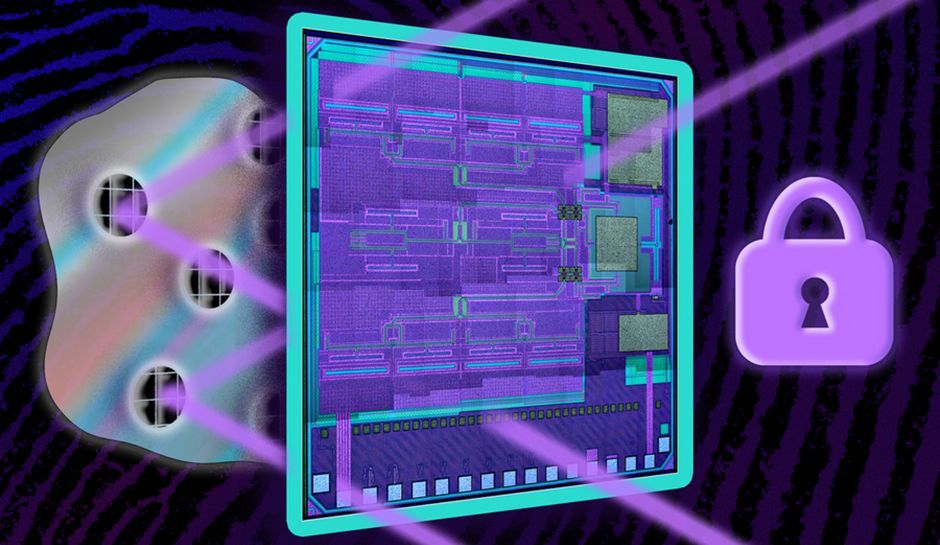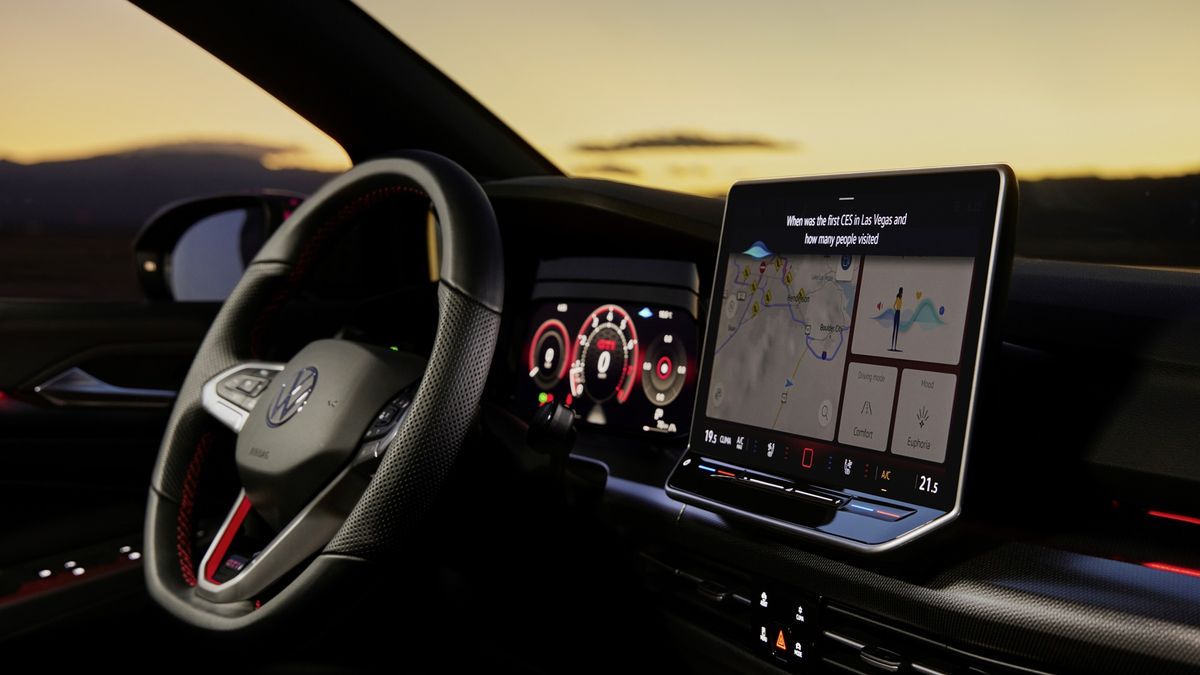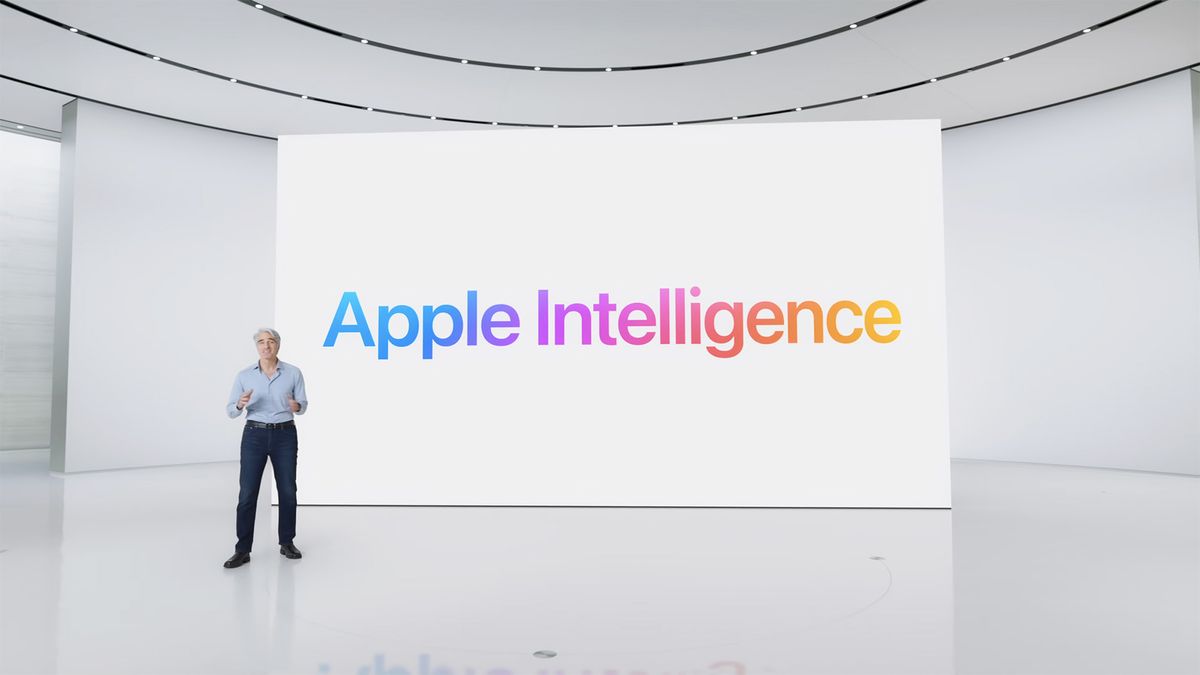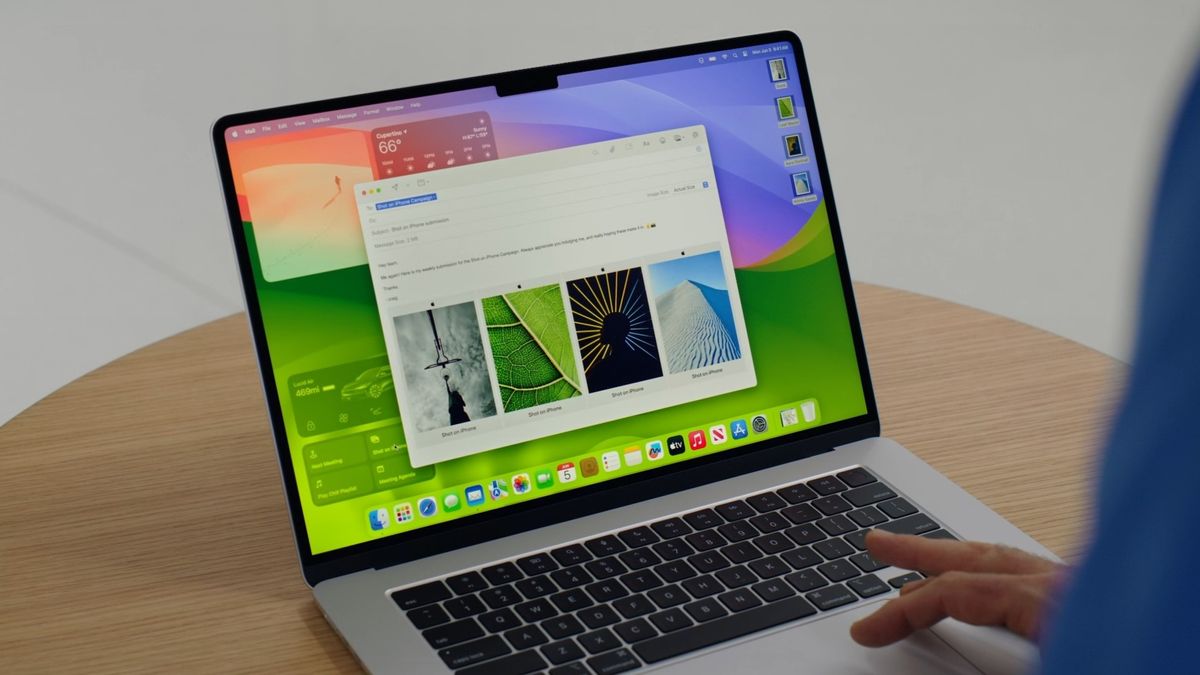Traditional radio frequency identification (RFID) tags, commonly used for product authentication, have several limitations, including size, cost, power requirements, and security vulnerabilities.
MIT researchers have developed a revolutionary cryptographic identification tag that overcomes these obstacles and could help combat the multibillion-dollar problem of counterfeiting in the supply chain.
This tiny, battery-free tag, called an “everything tag,” can authenticate almost any product, making it a powerful tool against knockoff parts and fraudulent products.
Inspired by a car wash
The innovative label design was partly inspired by a car wash. Investigators noted how the car wash used a fragile RFID tag to authenticate membership, which would be destroyed if tampered with. They took this concept further and focused on authenticating the item itself rather than the label.
The team achieved this by mixing microscopic metal particles with the glue that attaches the label to the product. These particles create a unique pattern on the surface of the object, similar to a fingerprint, which can be detected using terahertz waves. If a counterfeiter attempts to remove and reattach the label, the pattern is destroyed, making the label virtually impossible to hack.
This innovative technology also incorporates a machine learning model that can identify fingerprints from similar glue patterns with over 99% accuracy, further enhancing its anti-counterfeiting capabilities.
It is small enough to fit into almost any product, from industrial components to medical devices, and runs on low levels of power supplied by photovoltaic diodes. Crucially, it offers strong security measures, including a popular cryptography scheme that ensures secure communications.
However, there are limitations. The sensor on the tag must be within 4 cm to obtain an accurate reading and the angle between the sensor and the tag must be less than 10 degrees. However, the researchers are optimistic about overcoming these challenges in future work.
Through Explore technology









